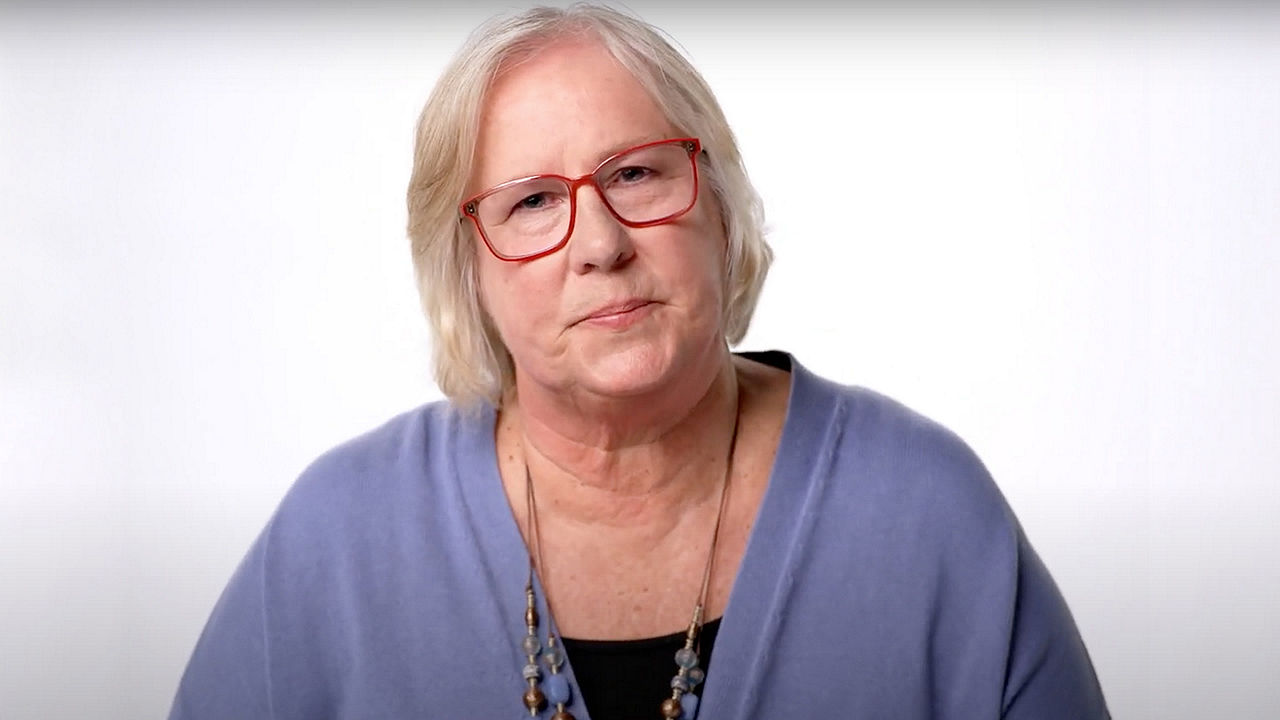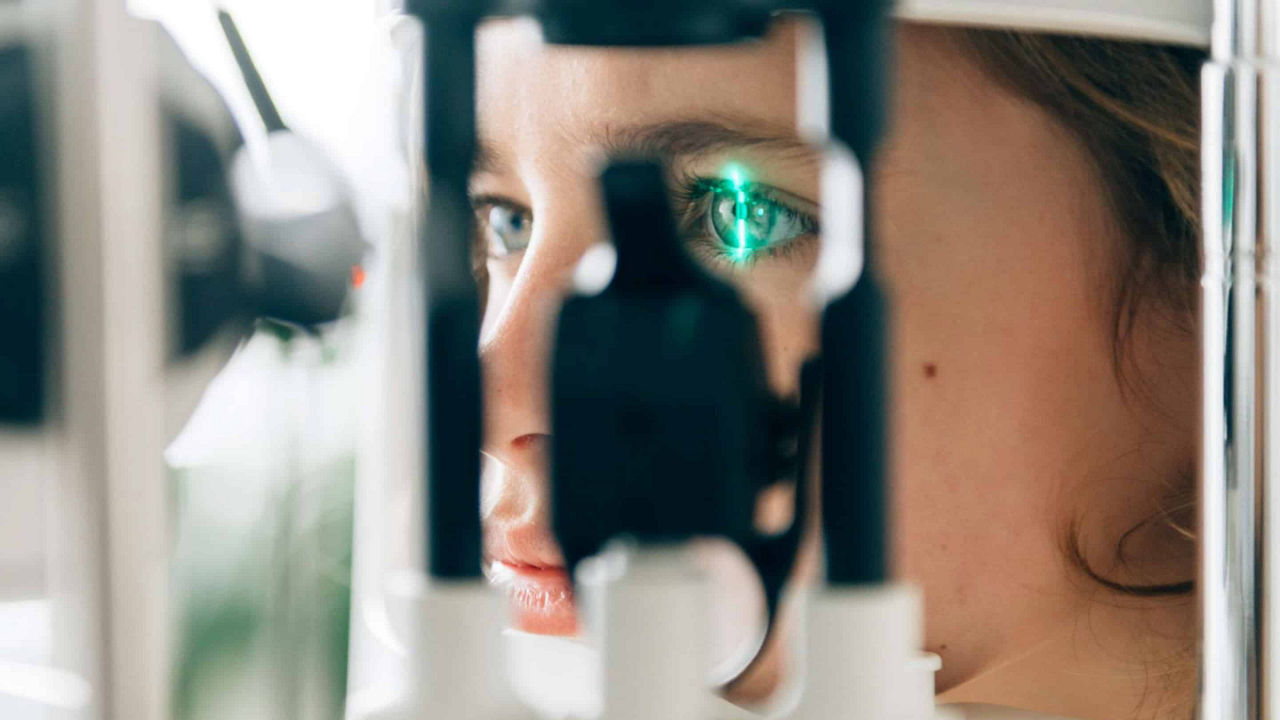A history of discovery: Why we focus on challenging eye care diseases
Look at the science behind helping to prevent vision loss and impairment, a leading cause of disability that affects nearly 30% of the world’s population. 1
AbbVie eye care leaders Jie Shen, Ph.D., and Mike Robinson, M.D., are driven to elevate the standards of care for challenging eye diseases.
Continuing a long journey of discovery
Patrice Keegan has lived with a progressive, hereditary eye disease for 20 years, one that affects millions of people around the globe and is the second-leading cause of blindness.
Yet, the New York resident finds that many people don’t understand glaucoma and how it affects her daily life.
A narrow field of vision, balance issues and frequent falls have limited Keegan’s independence and ability to do what she loves, like travel and cook.
“I don't want my family members, my grandchildren to have to experience the symptoms and the loss of vision that I have,” she says. “That's why raising the standard is important.”
Illuminating a path for better eye care
People like Patrice help motivate AbbVie’s eye care scientists to push forward with leading-edge translational research. The company is using innovative approaches to investigate some of the major causes of vision loss and impairment, from various stages of glaucoma to retinal diseases and refractive errors. AbbVie has invested in data convergence, precision medicine, real-world evidence, genetics and genomics and human-based drug discovery to move the needle in translational science.
With over two decades of experience researching eye diseases, Jie Shen, Ph.D., AbbVie’s vice president of local delivery translational sciences, leads a team of scientists responsible for designing and conducting studies, evaluating drug behavior in the eye, and testing promising drug candidates in early-stage clinical trials.
Jie and team are driven by a goal to bring medicines with best-in-class outcomes. Pursuing these goals is enabled by an eye care journey that began as Allergan over 75 years ago, bolstered today by AbbVie’s legacy in complex diseases and global scale.
In this quest to meet patient needs, Jie and team leverage AbbVie’s longstanding expertise in inflammation and neuroscience. Additionally, differentiators like having the same state-of-the-art imaging modalities found in world-class clinical research institutions, digital technologies, statistical modeling and data science accelerate the translation of science to new medicines. According to Jie, AbbVie is also leveraging capabilities at the Genetic Research Center and investing in technology to accelerate and optimize R&D, for example, identifying biomarkers (characteristics of the body that you can measure such as blood pressure) that can help indicate at an early stage whether a drug may be effective.
Putting the spotlight on unmet needs
AbbVie focuses on clinically relevant science to make a meaningful difference for patients and seeks to elevate the standard of care from the front to the back of the eye by addressing areas of unmet needs.
For example, retinal diseases present unique challenges because of the barriers to drug delivery to the retina at the back of the eye. Additionally, researchers are limited in their ability to collect a sample for analysis, like you would with a blood or tumor sample for a person taking cancer medication. According to Mike Robinson, M.D., AbbVie’s vice president, clinical development, ophthalmology, the company is investing in gene therapy for retinal diseases.
Building on a strong foundation to help more patients
Mike says that strategic collaborations, both inside and out of AbbVie’s walls, are critical to driving new areas of science.
With a background in academia and many years as a practicing ophthalmologist, Mike has seen firsthand the great need to elevate the standard of care and continuously improve existing options. While many products exist to treat dry eye, a common condition, there’s still an opportunity to target the inflammation that’s a likely culprit, Mike says.
“While there’s no playbook for being a pioneer, we must continue targeting unmet needs and going deep on these diseases,” Mike says.
In addition to the company’s genetic research center, Jie also highlights the importance of AbbVie’s biostatistics support, including machine learning, which her team can leverage in the early discovery phase to derive more benefit from available data.
With glaucoma as the second-leading cause of blindness globally, there continues to be much opportunity and hope for the next breakthrough, Patrice says.
“I understand there are a lot of failures in science,” she says. “What should keep (scientists) motivated is what keeps me motivated, the fact that you do come upon (ways for people to) have improved quality of life and feel more in control.”
Media inquiries:
Email: [email protected]


